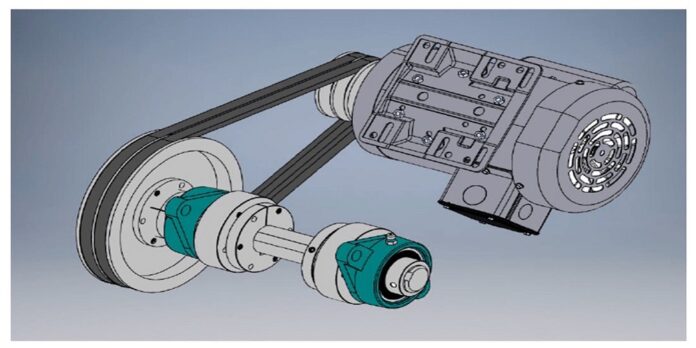Plastics are some of the most widely used materials available to humans today, and they have largely defined the manufacturing processes of modern history. With such a vast demand, it is no surprise that producing objects out of plastic has grown to just under a 500 billion-dollar industry. In light of this much potential, it’s important to know the systems involved in plastic forming and where plastic granulators/crushers fit in.
There is so much to learn with regards to plastic forming, so this will only be a brief overview of what is involved in making different items out of plastic.
The raw material
The plastic objects you come across during your day are not only different in shape, but most of them are made of different types of plastic, each one carefully designed to fit the purpose it was made for. There are two manor classes of plastic: Thermoplastics, and Thermosetting plastics.
Thermoplastics are plastics that can undergo many melting and solidifying cycles without any significant change in makeup. These plastics are usually supplied to the manufacturer in solid form (in sheets or pellets). They are then heated and formed into the desired shape. This process forms the basis of many plastic forming techniques. Most plastic used in manufacturing falls into this category
On the other hand, thermosetting plastics (Thermosets) stay solid once they cure. This curing process produces a chemical change in the plastic such that once it has hardened, it cannot return to its original state. When heated they will decompose, unlike Thermoplastics which will melt.
The forming processes
There are many different techniques for making plastic shapes. Each one has its difficulties and advantages, and they are all far more complex than is discussed in this guide, so ensure to research extensively before choosing one.
- 3D printing: this is an additive process where 3-dimensional parts are created by extruding plastic layer by layer until the object is formed.
- CNC machining: this is a computer-controlled process that starts with a larger plastic mass and slowly removes material until the desired shape is attained.
- Polymer casting:here, a mold is filled with a thermosetting plastic and then cured by applying heat to the part
- Vacuum forming:is a process where sheet plastic is heated and then formed over a mold by creating negative pressure.
- Injection molding:is the most popular technique for forming plastic, and it involves injecting molten plastic into a mold which is then cooled to harden the part.
- Blow molding:could be understood as the reverse of vacuum molding. Here a hollow part is formed by expanding a heated plastic tube in a mold using air pressure.
Conclusion
There are other methods of forming plastic parts, each with its specific purposes. However, one thing that is common to almost all production processes is the formation of unwanted parts of the plastic object that will be trimmed off in post-processing.
Without appropriate ways to recycle these offcuts, a lot of material will end up wasted. And that’s where plastic granulators come in. Depending on the type of plastic and manufacturing technique you use, the addition of a plastic granulator will reduce the material wasted to almost zero, making this machine a vital part of the process.







